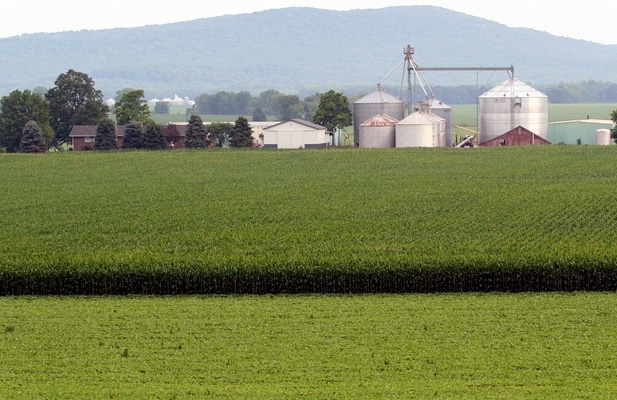February 6, 2014

Farmers can no longer bank on direct payments from the federal government because the new farm bill eliminates them. How will this affect farmland rent, particularly in Georgia, which has risen in the last decade?
Direct payments were classified as decoupled — payments farmers received that weren’t tied to market prices or the farm’s actual production. Counter-cyclical payments depended on the market and were received only if prices dropped below certain levels. This safety net of direct and counter-cyclical payments has been in effect since the 2002 farm bill.
Land rent has inflated over the past decade, and likely as a result of the direct payments, said Don Shurley, ag economist with the University of Georgia.
“Landowners upped the rent to try to capture some, if not all, of that direct payment. So, it’s questionable if the farmer ever saw the money anyway,” Shurley said.
With not as much money coming into farmers’ future incomes, will land rent remain inflated? Shurley believe so.
“I think farmers will realize that there’s less money coming in, and they may go out and try to farm even more acres now than they did before to make up for the difference,” Shurley said. “That competition will keep land rent up.”
“Let’s just say the direct payment was $45 per acre. Will we see land rents come down $45 per acre? No, it might come down some, but they’re not going to come down $45 per acre,” said Nathan Smith, farm economist with the UGA Cooperative Extension.
Due to the new farm bill, which has passed both the House and Senate, the farm subsidies that are issued annually to producers around the country have been eliminated, including counter-cyclical payments. Both were part of a safety net that protected farmers’ income.
This was a financial but expected blow to farmers.
You can check current crop commodity prices now
“They’re not going to like it in the sense that it appears there’s probably going to be less money coming in, but I think most farmers know the reality and were expecting this,” Shurley said. “I think they understand the reasons for it and are OK with it.”
The amount of the direct payment issued to farmers varied with commodities and was calculated based on historical acres and yields.
“A farm with a 3,000-pound payment yield for peanuts would have had a higher direct payment than with a 2,500-pound payment yield,” said Nathan Smith, ag economist at the UGA Tifton campus. “Same thing with corn, and same thing with cotton. They all worked the same. But most of that money was probably going into land rent, if they didn’t own the land.”
Read more from “UGA ag economists offer insights into how the farm bill will affect Georgians.”
You May Also Like




